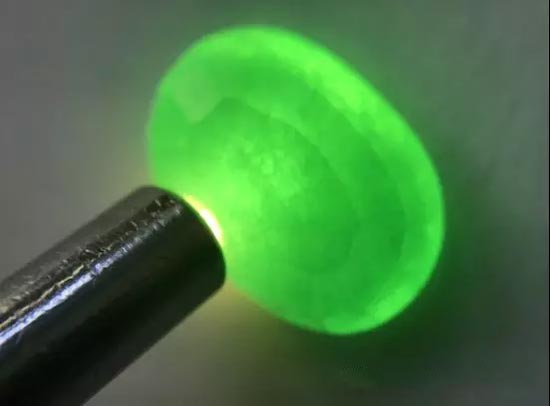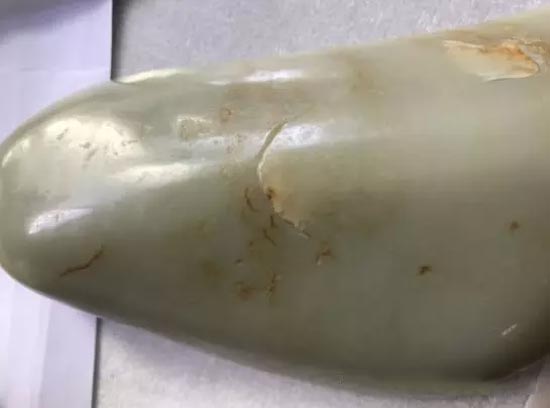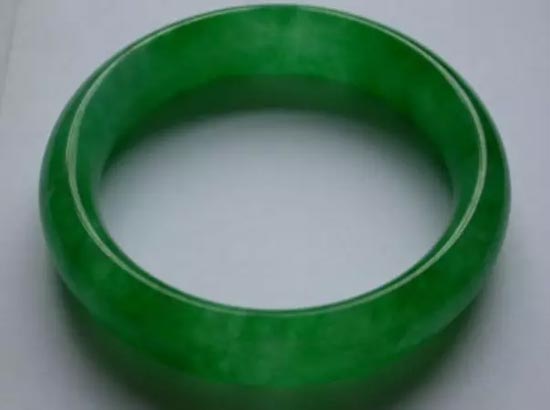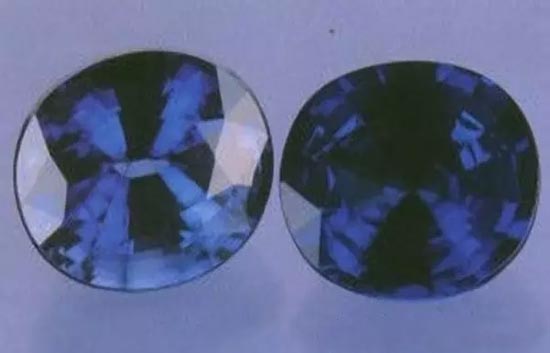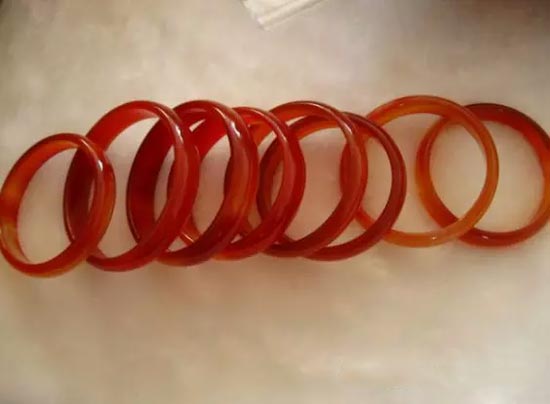About the optimization of jewelry and jade
The first thing to emphasize at the beginning of this article is the concept of optimization and processing. According to the national standard GB|T16552-2017, the optimization process: in addition to cutting and polishing, to improve the color, clarity, transparency, gloss or All methods of appearance, durability or usability such as special optical effects. Divided into two categories of optimization and processing. In daily testing, many consumers cannot understand the difference between the two, often misunderstanding or understanding as fakes. Quartzite dyeing treatment Optimization: A traditional, widely accepted method of optimizing the potential beauty of jewellery and jade. The standard stipulates that the optimization can directly use the name of the jewellery and jade, and the specific optimization method can be noted in the relevant quality documents. For example, the dyeing of agate is stable because it is stable after dyeing, and it is not easy to fade. It is optimized. The certificate is not specified, and it is agate when it is named. The heat treatment of rubies and sapphires is also optimized in order to improve the appearance, and there is no special explanation in the certificate. The jade of Wade and Wada Jade is designed to improve the appearance and is also optimized. Hetian jade dyeing Handling: Note in the basic name of jewellery and jade: add specific treatment methods before the name, such as: diffused sapphire, bleached and filled with jade. Behind the name, indicate the treatment method, such as: sapphire (diffusion), jade (bleaching, filling). After the name, the words "handling" should be indicated with brackets, such as sapphire (treatment) and jade (treatment). The specific treatment methods should be noted in the relevant quality documents, such as diffusion treatment, bleaching and filling treatment. Emerald bleaching and dyeing It is not possible to determine whether the processed jewels are not indicated in the name. However, in the relevant quality documents, the notes indicate “may be processed by XX†or “failure to determine whether it has been processed by XXâ€. Diffused sapphire Jewelry and jade treated by various methods are named according to the above two methods. It can also be noted in the relevant quality documents that “XX has been manually processedâ€, such as: diamond (treatment), note description (diamond color is manually processed). agate The treated artificial gemstone can be directly named using the basic name of the artificial gemstone. Processed gemstones that often appear in daily inspections: filling and dyeing treatment of quartzite, bleaching and dyeing of jadeite, filling of colored stones, filling treatment, suppression of amber, peritoneal treatment, etc., and Hetian jade is more common in dyeing. deal with. There are still many jewels and jade treatments that are not all examples. Once again, consumers are reminded that when buying jewellery and jade, they must issue a certificate issued by an authoritative department to guarantee their rights. Recognize the logo of the certificate to avoid being fooled twice! Double Injection Sport Sunglasses Wenzhou Xinheda Trade Co., Ltd , https://www.pop-eyewear.net